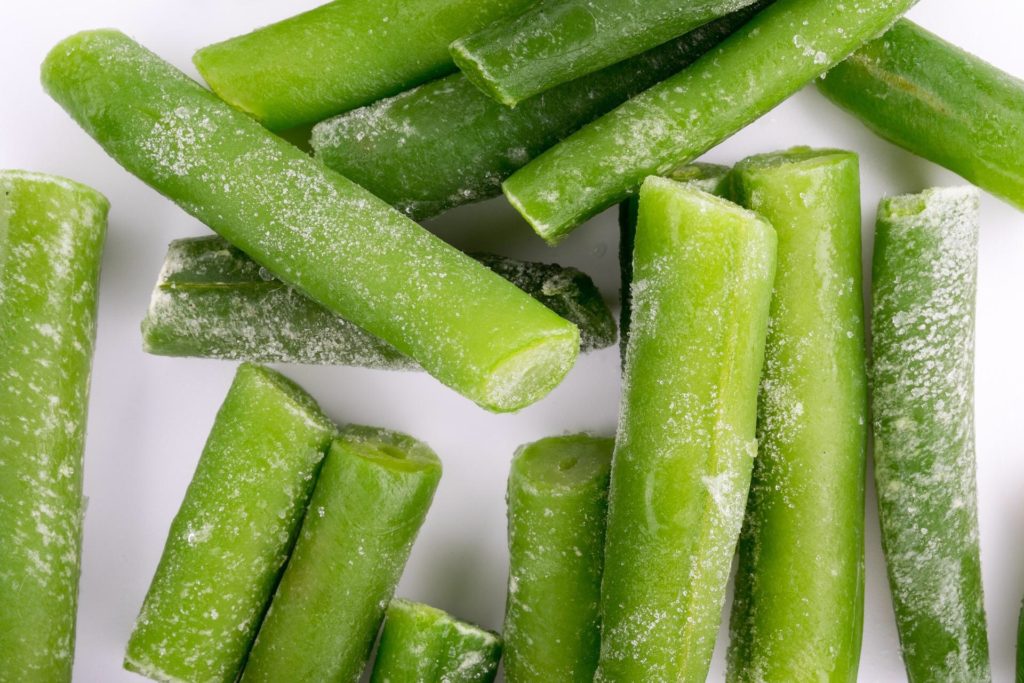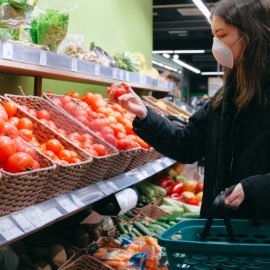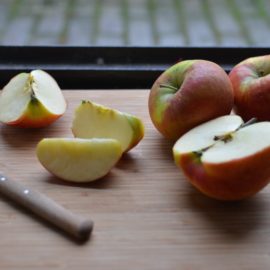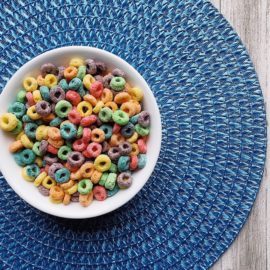
Are fresh foods superior to canned and frozen? Well, for most of the time, fresh foods are the best in terms of quality (flavor, texture, and nutrients). This is almost true if you were the one who raised and harvested them, and the food in question is in season. But if the food is out of season, we would be dealing with produce that require transport and extended storage period. In most cases, additional process like canning or freezing has to be carried out. This is to ensure the produce reaches the customer without compromising quality.
You might also like: What Does Blanching Fruits And Vegetables Achieve?
However, the common belief is that fresh, especially fresh-from-the-farm fruits and vegetables are always superior to canned and frozen. For this reason, most people opt for fresh produce. Well, the truth is that the difference is not significant. And there are some instances that frozen foods contain more vitamins and minerals than their fresh counterparts. The same thing can be said for canned foods.
Here’s how.
FLASH FREEZING OF PRODUCE AT ITS PEAK QUALITY
Fruits and vegetables are perishable food items. To prevent them from deteriorating quickly, they are usually flash frozen at the same location where harvested. Clarence Birdseye, an American inventor, developed the concept of flash freezing in 1942 when he was looking for a way to eat fresh vegetables during the winter. Flash freezing is a process whereby the food is subjected to extremely low temperature in just a few hours. In the case of vegetables, they are first washed and blanched prior to freezing. Blanching involves placing the vegetables in boiling water for several minutes to kill the harmful microorganisms.The process also helps preserve the color, texture, and flavor by deactivating enzymes. Enzyme activity speeds up the degradation of fruits and vegetables.
Blanching is generally not performed for fruits prior to flash freezing as the blanching temperature may adversely affect their quality. However, adding vitamin C or sugar to fruits prior to flash freezing helps slow down enzyme activity.
Because flash freezing reaches ultra low temperatures in a short period, only small ice crystals form. This reduces the damage to the cell membrane of the produce. And since the produce is frozen at its peak quality, the nutrients and minerals are retained and maintained. In some cases, produce that has been frozen can contain more vitamins and minerals as compared to fresh produce that has been transported for a long period, or displayed at the market or sitting in your kitchen prior to consumption.
In fact, this work studied vitamin retention between frozen and fresh fruits and vegetables. The study found no consistent differences between frozen and fresh. However, frozen blueberries, corn, and green beans contained more vitamin C than their fresh counterparts. Furthermore, frozen broccoli contained more riboflavin (B vitamin) than fresh.
CANNING INCREASES BIOAVAILABILITY OF SOME NUTRIENTS
Canning involves placing foods in jars and then heating them at a temperature that prevents the growth of harmful microorganisms. However, the temperature can also lead to losses in nutrients as the vitamins leech into the liquid. The same thing happens when we boil vegetables or fruits at home. Exposure to oxygen and light also affects nutrients negatively. But more is lost during processing that involves heat. This is especially true for fruits and vegetables rich in water-soluble vitamins and minerals. Vitamins C and B vitamins are particularly sensitive.
You might also like: How Nutrient Loss Occurs In Fruits and Vegetables
But how much exactly is lost during canning though?
Well, the amount of nutrient loss is not that significantly different from that of produce not consumed immediately. Remember that a vegetable or fruit starts dying once removed from the mother plant. And in some instances, some canned foods contain more nutrients than fresh.
How?
The heating and cooking increase the bioavailability of some nutrients.
One good example of this is canned tomatoes, the most consumed vegetables in the United States. When canned, tomatoes can significantly increase its lycopene content. This work studied the effect of heat treatment on carotenoid (lycopene is a carotenoid) content of cherry tomatoes. Canned tomatoes increased its lycopene content two-folds. The canned tomatoes contained 11.60 mg/100 g of lycopene, whereas the raw tomatoes only contained 5.12 mg/100 g of lycopene. Lycopene is an antioxidant that helps reduce the risk of developing prostate cancer.
Cooking also have a similar positive effect in the heart-protecting carotenoid content in carrots, spinach, and cabbage.


